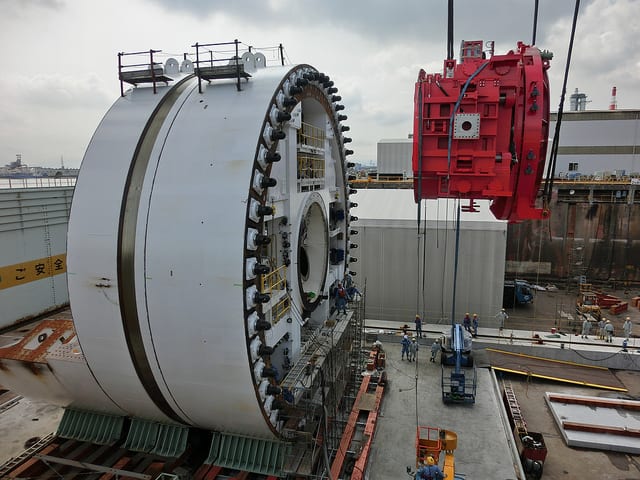
Common Uses for Custom Material Handling Devices
Custom material handling devices are becoming more and more common in the modern-day workplace. They allow workers to transport and manipulate loads faster and more efficiently while simultaneously minimizing the risk of injury.
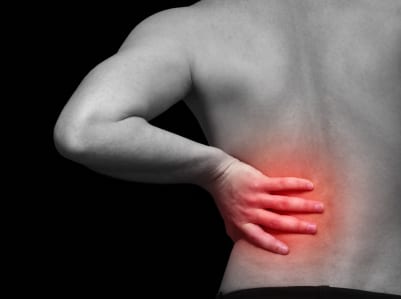
How Custom Material Handling Devices Can Promote a Safe Workplace
Investing in a custom material handling devices is a smart decision that will pay off in the form of a safer workplace with fewer injuries. Regardless of industry, there's always a risk of worker injury and fatality. In fact, the Centers for Disease Control and Prevention (CDC) reports that an estimates 3.8 million workers suffered nonfatal occupational injuries in 2012.
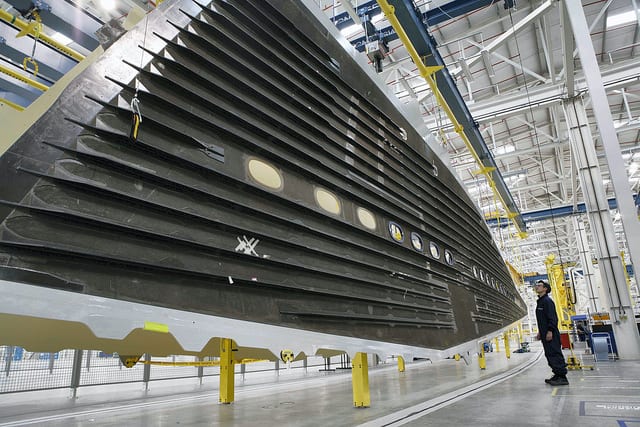
Top 5 Benefits of Using Custom Material Handling Devices
Investing in custom material handling devices for your workplace will result in happier, more satisfied employees. Workers will appreciate having a new piece of equipment to perform their tasks. Whether it's lifting a large cylindrical drum, or manipulating an awkwardly shaped piece of sheet metal, these are just a few of the many ways in which material handling devices can be used.
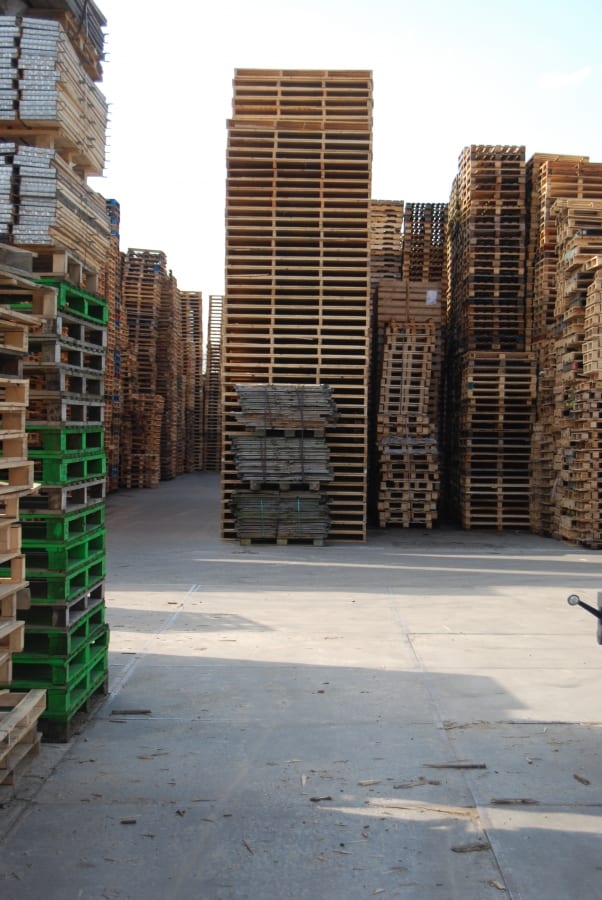
Material Handling Storage Hazards
When storing materials in the workplace, workers must take certain precautions to minimize the risk of injury. Unfortunately, many workers turn a blind eye to the nuances of material storage, assuming it poses no concern to them. It's not until an incident actually occurs that they realize the importance of proper material handling storage practices.

Frequently Asked Questions About Material Handling
Material handling safety is important for a number of reasons, one of which is its ability to reduce work-related injuries and illnesses. According to data released by the Institute of Medicine (IOM), musculoskeletal disorders (MSD) are among the most common types of work-related injuries, costing employers more than $45 billion annually in lost wages, lost productivity, and worker's compensation. Employers can protect workers from MSDs, however, by promoting safe material handling practices in the workplace.
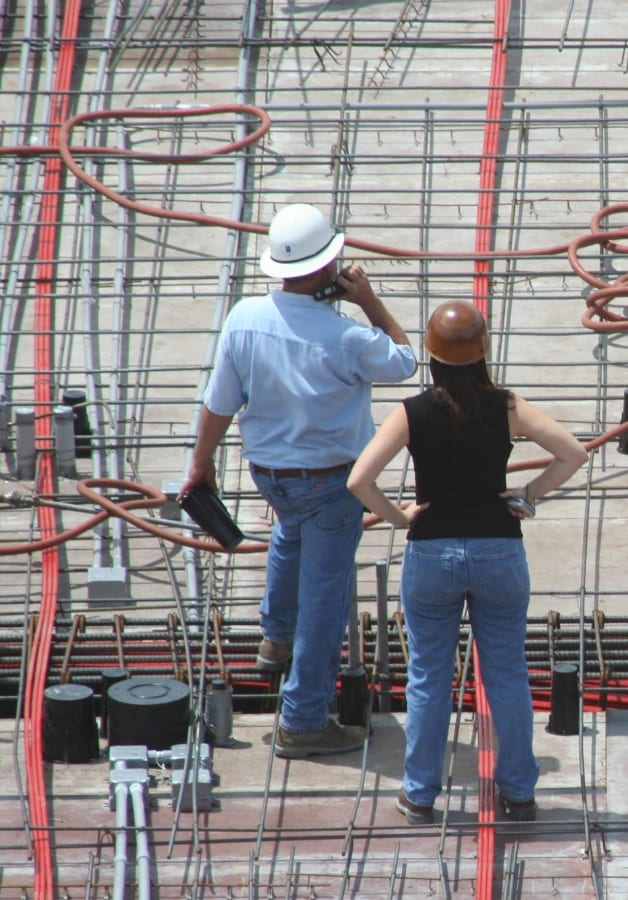
Ergonomics with Material Handling
It should come as little-to-no surprise that injury rates tend to be higher in workplaces that require workers to physically lift, move and manipulate heavy objects. According to the Occupational Safety and Health Administration (OSHA), 13 Americans are killed each day while working, and nearly 4 million U.S. workers sustain a serious injury while working each year. Many work-related fatalities and injuries are the direct result of poor material handling practices, but this is a risk that can mitigated significantly through ergonomics.
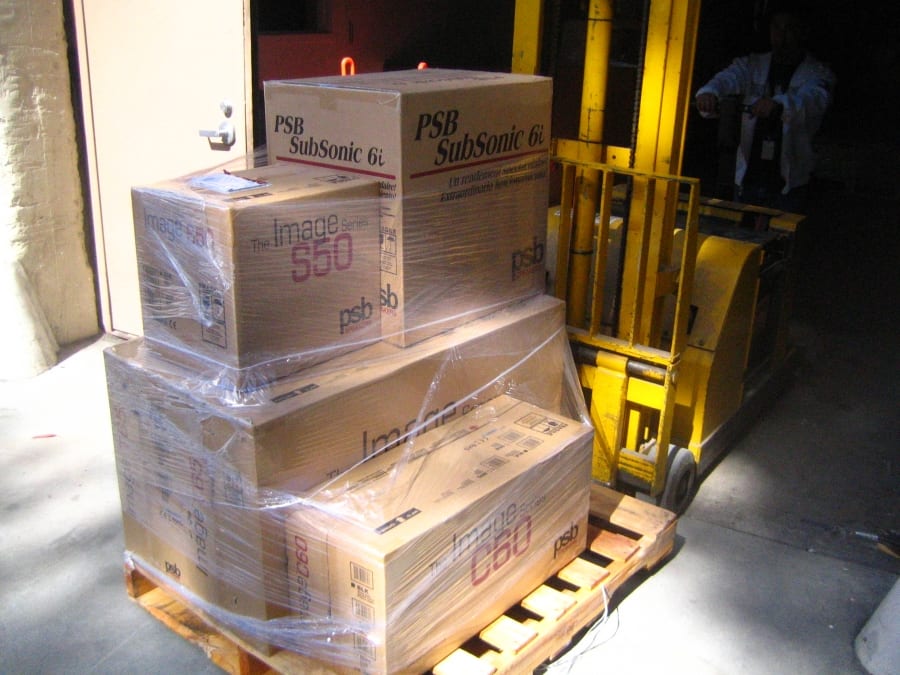
Material Handling Equipment to Streamline Productivity and Efficiency
What type of material handling equipment does your business use? It's no secret that the right equipment will improve both the quality and quantity of work output, while also reducing the risk of worker injury. When workers are forced to lift and manipulate heavy objects themselves, it can place them at risk for a wide variety of musculoskeletal disorders (MSDs), including slipped/herniated disc, muscle sprains, carpal tunnel syndrome, osteoarthritis and more. But the lack of material handling equipment can also impact workers' productivity, forcing them to exhaust additional time and energy to accomplish the same tasks.
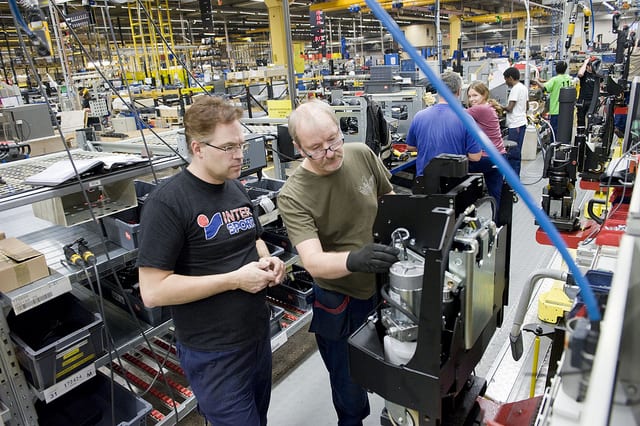
Material Handling Safety Tips
Are you doing enough to protect workers from material-handling-related injuries and illness? Unfortunately, many business owners turn a blind eye to material handling safety, assuming its the workers responsibility to take the necessary precautions. But the Occupational Safety and Health Administration (OSHA) places the burden of responsibility, and liability, on the shoulders of the employer.
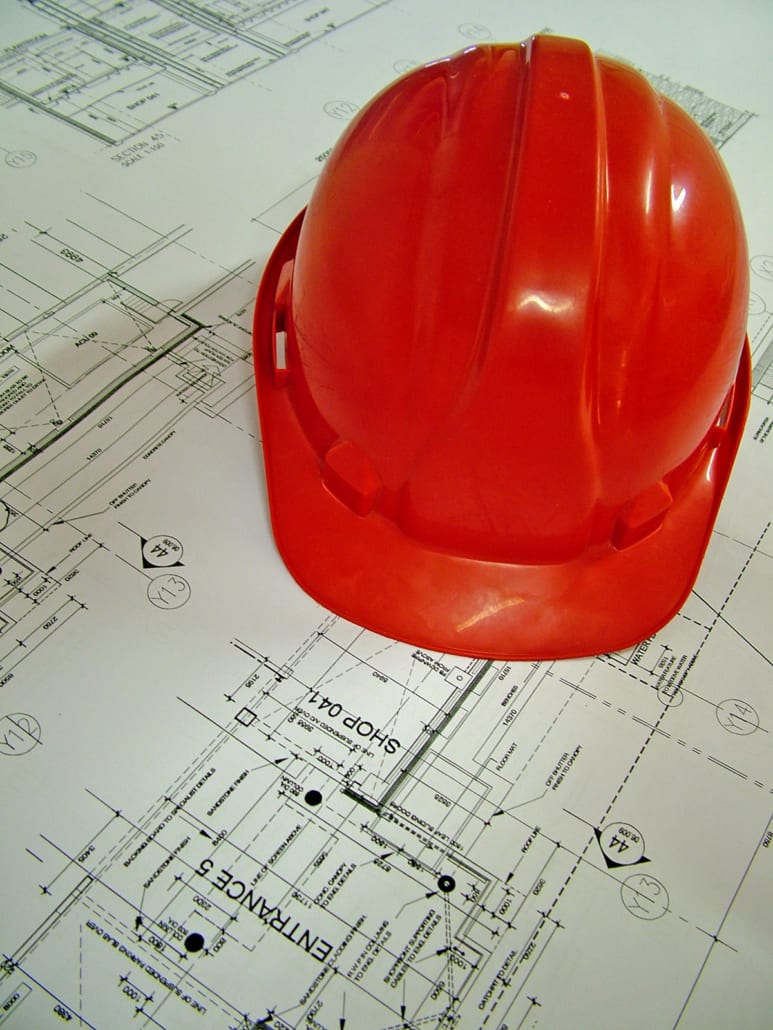
Mechanical Material Handling Safety Tips
Does your company use mechanical equipment to lift, move and/or manipulate materials? When compared to manualmaterial handling, mechanical offers several key benefits: it improves productivity, reduces the physical workload on workers, boosts worker morale, and lowers the risk of certain types of injuries – specifically those involving the joints, ligaments, muscles, nerves, spine, neck and back. However, there's still an inherit risk of injury associated with the use of mechanical material handling, which is why it's important for employers and workers to follow some basic safety tips.
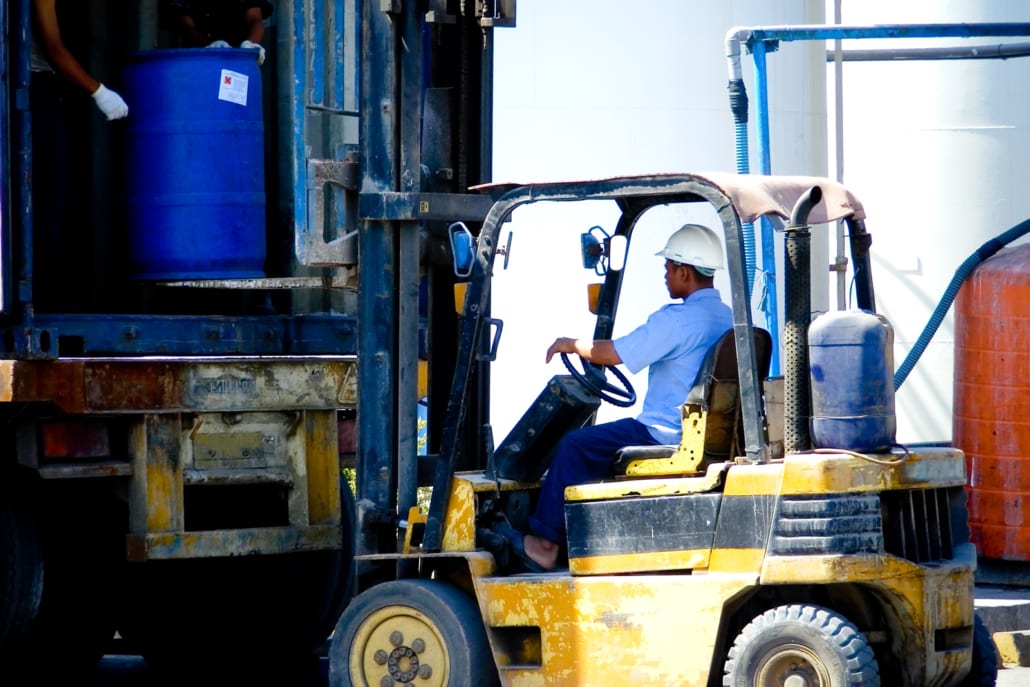
Manual Material Handling vs Mechanical: Which is the Best?
Material handling safety should be a top priority for all employers and employees. According to the Bureau of Labor Statistics (BLS), there are more than 3 million nonfatal work-related injuries and illness reported each year. While the exact cause of such injuries and illnesses varies, many of them are the result of poor material handling practices.

How Material Handling Solutions Can Improve Productivity
Purchasing an engineered material handling solution can boost your company's productivity in more ways than just one. These heavy-duty machines are designed to lift, move and manipulate a wide range of materials and objects. From large oil drums to airplane fuselage panels, there's an engineered lifting solution for just about everything. So, how can they improve workplace productivity?

Different Ways to Lift Heavy Objects in the Workplace
Let's face it, some objects and materials used in the workplace are too heavy – or awkwardly shaped – for any single worker to lift by him or herself. If handling and/or manipulating the object is a routine part of the business's workday, however, it must be moved in one way or another. Thankfully, there are solutions available to achieve this goal, which we're going to discuss further in this post.
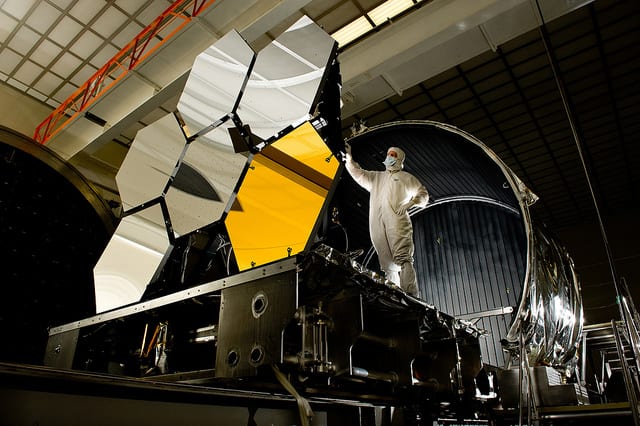
Lifting Solutions for Aerospace Engineering
Do you work in the field of aerospace engineering? If so, you're probably well aware of the physical hurdles associated with lifting, transporting and manipulating components of aircraft and spacecraft. While no two pieces are the same, components use in this industry are often heavy and awkwardly shaped, making them difficult if not impossible for workers to move by themselves. But investing in lifting solutions such as those offered here at EngineeredErgonomics.com can break down the barriers and allow workers to move aerospace components.

Do I Need a Mobile Lifting Solution In My Workplace?
This is a question many employers ask themselves. Just because you currently aren't using a mobile lifting solution in your workplace doesn't necessarily mean that you don't need one. Purchasing one or more of the mobile lifters offered here at EngineeredErgonomics.com is a smart investment that will pay off in the long run.
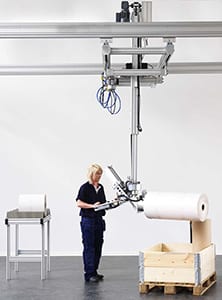
Benefits of Overhead Rail Lifting Systems
Companies of all shapes and sizes can benefit from the use of an overhead rail lifting system. As the name suggests, these systems are designed to lift heavy and/or awkwardly shaped items from above, taking the physical burden off the shoulders of workers. There are both obvious and not-so-obvious benefits associated with the use of an overhead rail lifting system, which we're going to discuss further in this post.
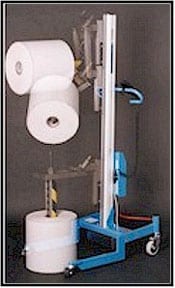
Tips on Handling Large Rolls in the Workplace
At first glance, a large roll of plastic film, paper, aluminum, plastic or other material may appear easy enough to handle, but if you've ever attempted to lift or move a commercial-grade roll such as this before, you probably know just difficult it can be. Moving it just a couple feet can be a back-breaking task. And if you need to move if farther, chances are you'll need an extra pair of hands. The good news is that you can move large rolls safely and efficiently with manipulation machines.

Don’t Break Your Back Lifting a Drum
Does your job require you to move or otherwise handle heavy drums on a regular basis? A standard 200-litre (55-gallon) drum can easily hold 500-600 pounds, and that's not taking into account the actual weight of the drum itself. Workers who are forced to lift and handle drums such as these are naturally at risk of developing a wide range of musculoskeletal disorders (MSDs), including back pain.

